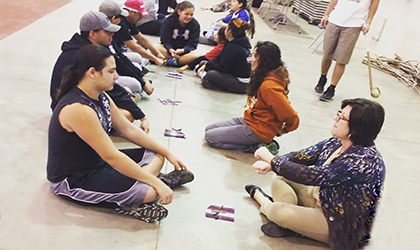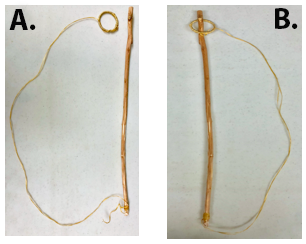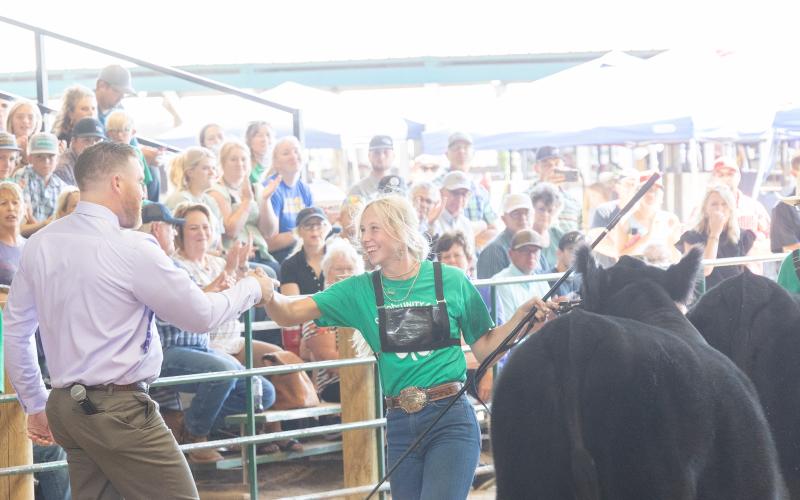Written collaboratively by Lauren Pierce, former SDSU Extension Family & Community Health Field Specialist and Hope Kleine, former SDSU Extension Health Education Field Specialist.
Traditional Native American Games are educational, fun, and can even contribute to increased brain-health. Research shows that keeping your mind active is vital to a healthy brain, and can protect from developing dementia. Read more about brain health at the Alzheimer's Association website. Traditional Native American Games can provide a mental challenge to keep you and your family's minds fresh, and can keep children's brains active during school breaks!
SDSU Extension recognizes the many benefits of Traditional Native American Games and works to support communities with Traditional Native American Games programming. Our organization has collaborated with many partners to bring Native American Game sessions to South Dakota Communities. The children make their own game sets to take home to teach and play with their families, offering a no cost activity that can easily be done in the comfort of one's home.
Rock in Fist

For this game, you will need: one rock, three sticks about three inches long that will be used for scoring, and two players. This game was traditionally used to develop intuition and observation.
- Players should sit facing each other with the three scoring sticks in the center.
- One player will put the rock behind their back and hide it in one of their fists.
- Then, the player will bring both fists forward to present to their opponent.
- The opponent then has to guess which fist contains the rock, using their observation and intuition. If the opponent is correct, s/he gets a turn to hide the rock in their fist.
- You win a scoring stick when the opponent guesses the wrong fist. Then you get another turn to hide the rock.
- After the scoring sticks have been claimed from the center, they can be stolen/won from the other player until one individual possesses all three sticks, making them the winner of the game.
Ring the Stick

This game involves some time crafting the game piece prior to playing the game, but the fun that comes with a finished Ring the Stick piece makes the time taken worth it! For this game, you will need: a willow stick about three feet long and the width of your pinky finger, sinew (fishing line could be a good alternative), and a metal ring (or a stick tied into a ring). This game was used to develop hand-eye coordination on both sides of the body by switching playing hands.
- Once put together, as shown in image A above, the goal is to place the ring over the end of the stick.
- First, hold the stick with your dominant hand.
- Using a scooping motion, try to catch the ring with the end of your stick, as shown in image B above.
- For a challenge, use your non-dominant hand, or put a smaller or larger size ring at the end of your stick.
Guessing Sticks

For this game, you will need: a bundle of twigs, three scoring sticks, and three players. This game was traditionally used in tribes to develop estimation skills.
- One member of the group holds all the twigs in one bundle with both hands behind their back.
- Then, the holder quickly separates the twigs into two bundles, holding them out in each hand toward the other players.
- The other two players must guess how many twigs are in the hand closest to them (one player guesses the number of twigs in one hand and the other player guesses the number in the other hand). They must do this immediately, without hesitation.
- The two players who are guessing then count the twigs in the bundle in which they were guessing, and if they have guessed the amount exactly right, they get one of the scoring sticks. If neither guesses the amount correctly, then the game continues.
- After the scoring sticks have been claimed from the center, they can be stolen/won from the other player until one individual possesses all three sticks, making them the winner of the game.
For more Traditional Native American Games, visit the International Traditional Games Society website.


